Nakayama is in between Narita And Haneda International Airport
<クッキーについての同意並び欧州居住者向けプライバシーポリシー>
中山・下総・散歩道
Furukawa Water Park|The First Water Park in Japan
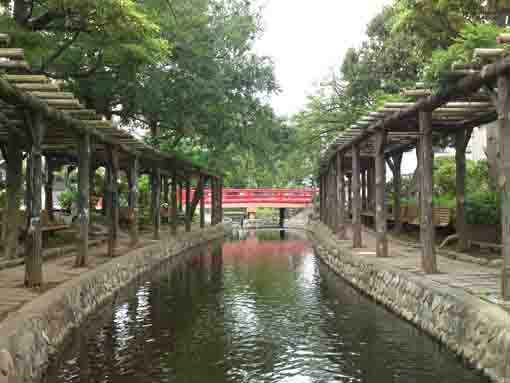
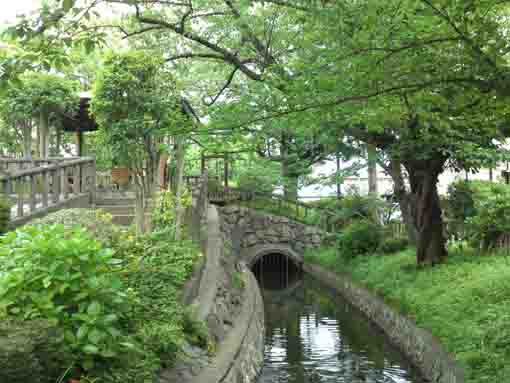
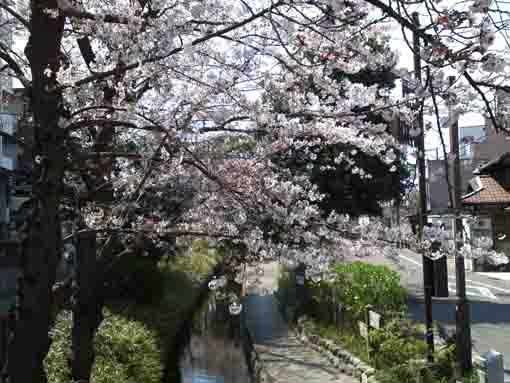
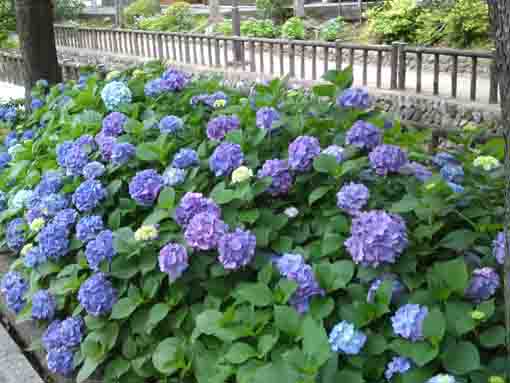
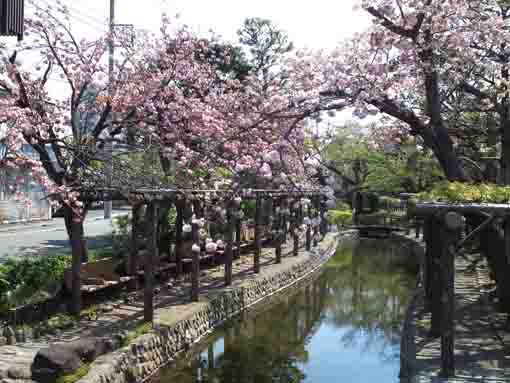
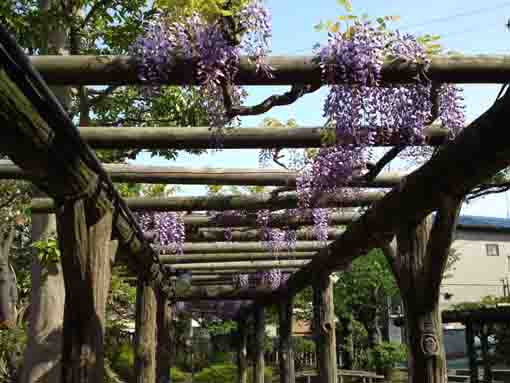
Furukawa Water Park is the first water park in Japan. This park is a noted spot of cherry blossoms in spring and hydrangeas in early summer. And in summer, many people take rests under the woods to avoid the strong sun beams and some kids play in the water in summer. Furukawa River is a main artery that connected Edogawa River to Nakagawa River to bring thousands of products and people to Edo in Edo period. Saiokuken Socho, a renga poet in Muromachi period, described this area in his essay 'Azumaji no Tsuto'. He might pass Furukawa River at that time. He got on a ferryboat at Sumidagawa River and he passed rivers with reeds in this area called Kasaisho, finally he landed at the ferry at Imai. Now there are some old temples along Furukawa Water Park that tell the history of Furukawa. In addition, the principle image of Sei Kanzeon Bosatsu is said to be carved by Gyoki, so it implies that Furukawa River has been a waterway since Nara period. By the completion of the new waterway had opened, Furukawa River was a very important waterway and Ieyasu Tokugawa went on the river to go hawking in Togane.
Furukawa Water Park is a beautiful park with long history. Why don't you visit it?
Furukawa Water Park
Furukawa River was called Funaborigawa River in long time ago. When Ieyasu Tokugawa moved to Edo in 1590, Furukawa used as an important waterway to bring salt made in Gyotoku to Edo. After that, a new canal was completely built in 1629 and the most products would pass this new one and it connect to the old canal to the west to be a main artery that brought thousands of products from the northern Kanto region and Tohoku to Edo to support its economy. And they were called Shinkawa River since then.In Meiji Era, steam boats had run on Shinkawa River and this area became very prosperous, and Furukawa River used to bring local products to help people's life in this area. However, rail ways had been developing then the transportations by waterways were gradually declined, and improving the economy and the urbanization after the WWII made the environment of the river polluted because of sewage from residents and factories.
Under these conditions, residences in this area and the government of Edogawaku decided 'return the clear waters in Furukawa River', and they built Furukawa River in 1974 as the first water park in Japan. And they organized ‘Furukawa o Aisuru Kai (the Society of loving Furukawa)’ in June 1974, and the new history started.
Building Furukawa Water Park under the new conception of being fond of water is the first operation to regain the clear water in Japan that is highly evaluated not only domestically but also internationally and it was recorded in history.
古川親水公園沿岸案内板より
引用、抜粋並びに参考
古川親水公園沿岸案内板
新川沿岸案内板
江戸名所図会 ちくま学芸文庫
江戸川区ホームページ
市川市ホームページ
Flowers in Furukawa Water Park
Cherry Blossoms blooming along Furukawa Water Park
Some kinds of sakura bloom and visitors enjoy them by middle of April.
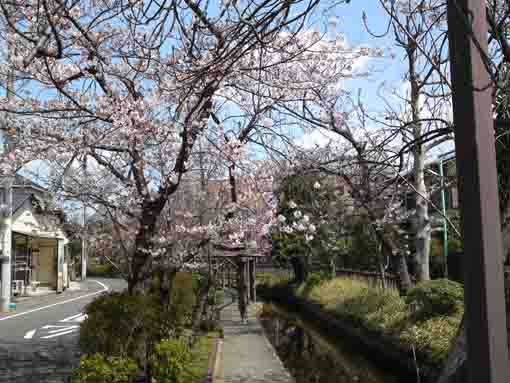
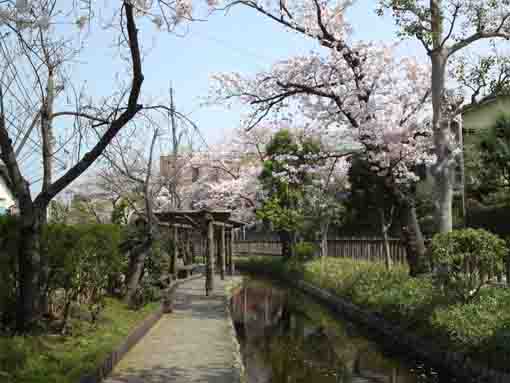
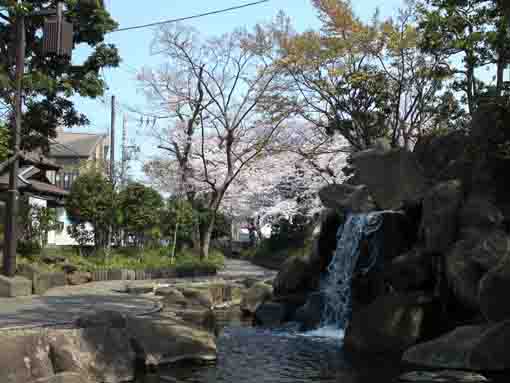
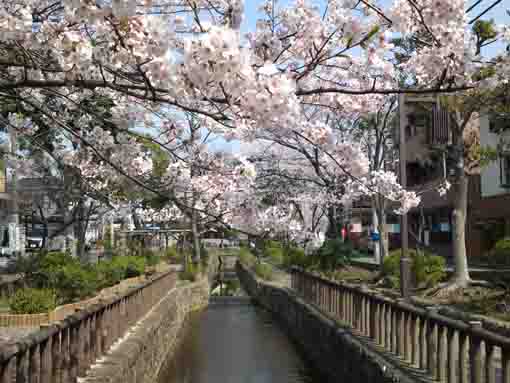
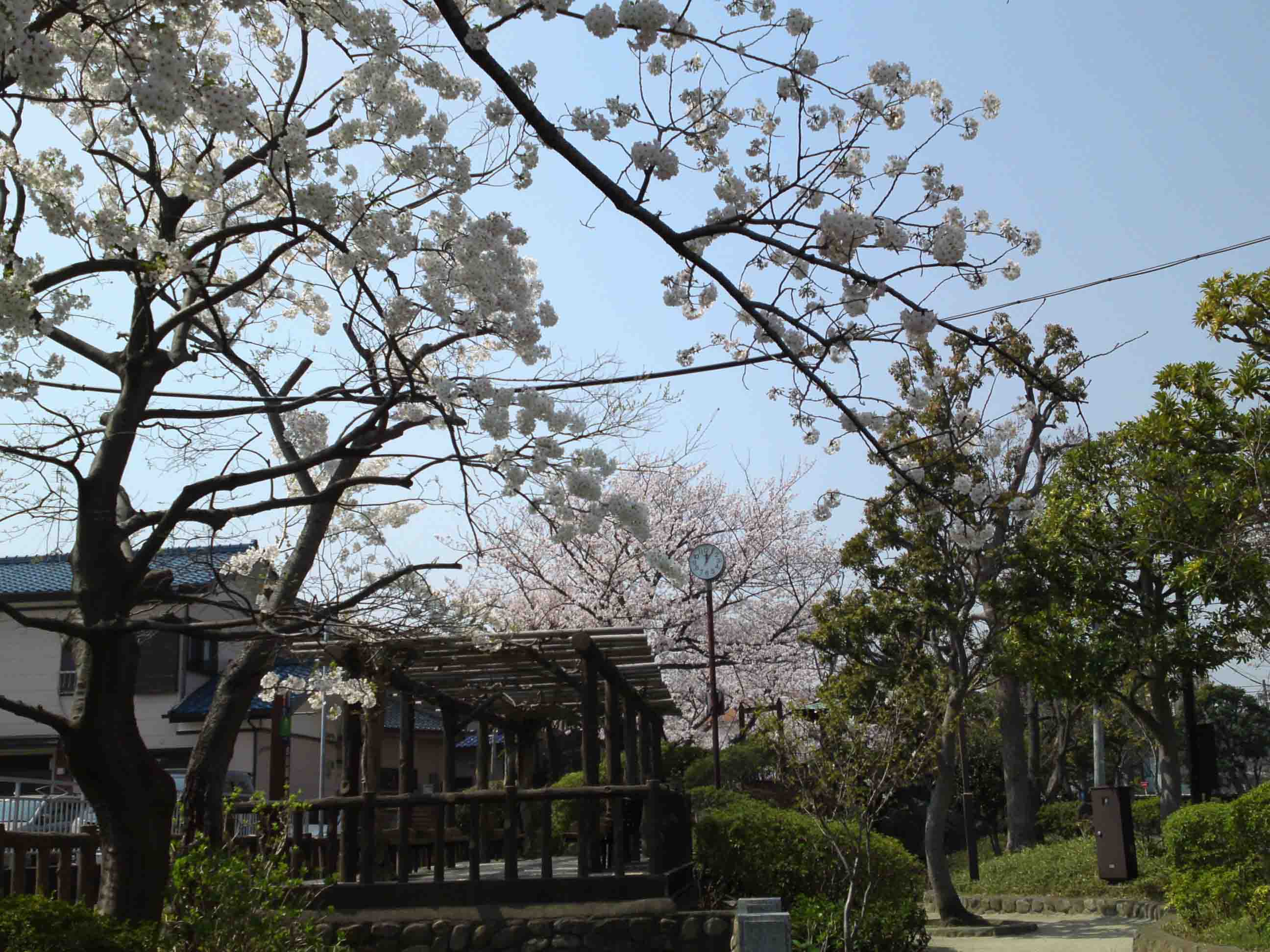
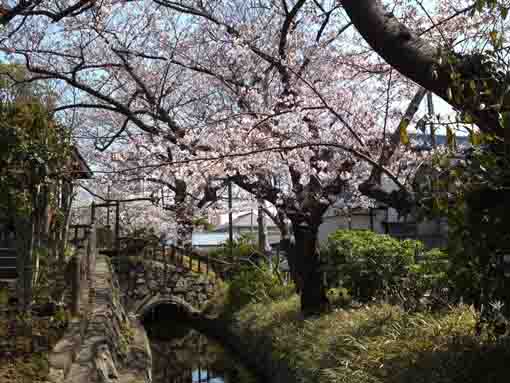
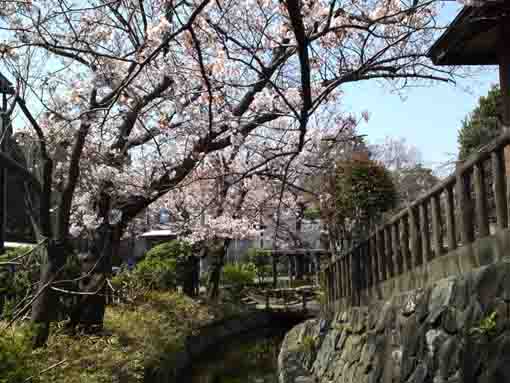
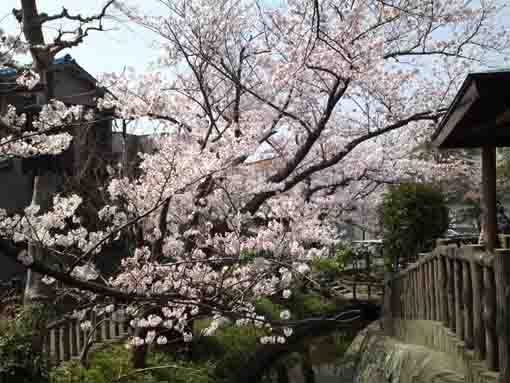
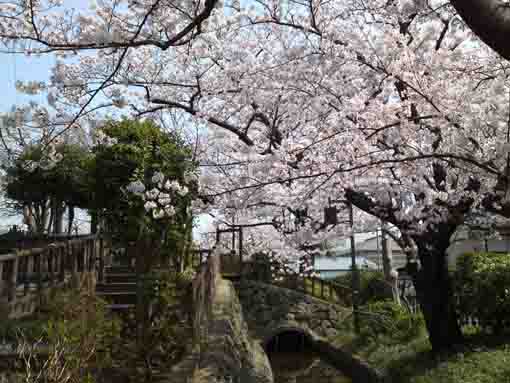
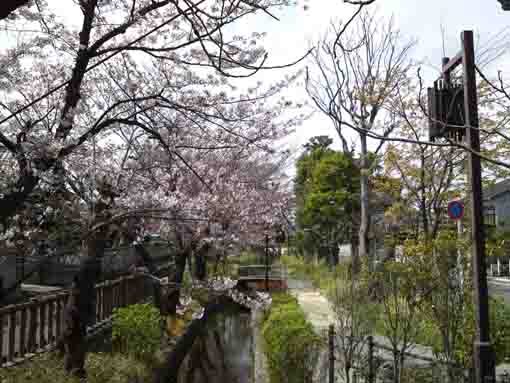
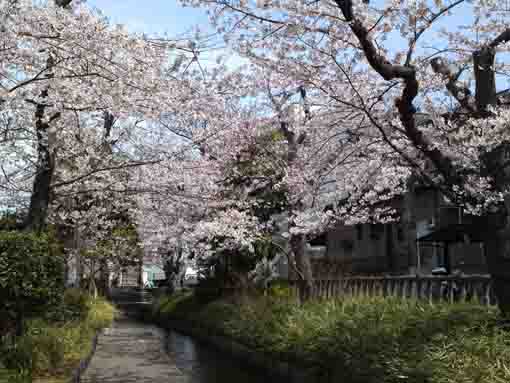
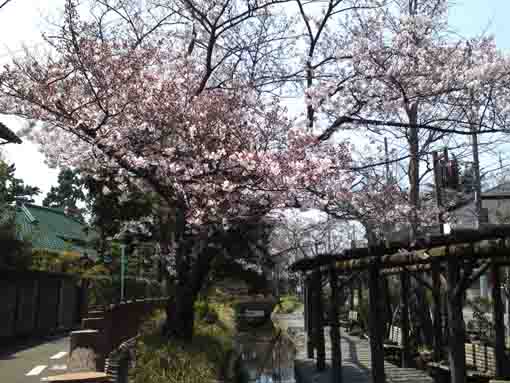
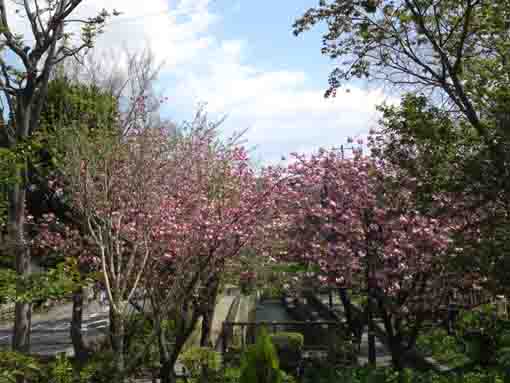
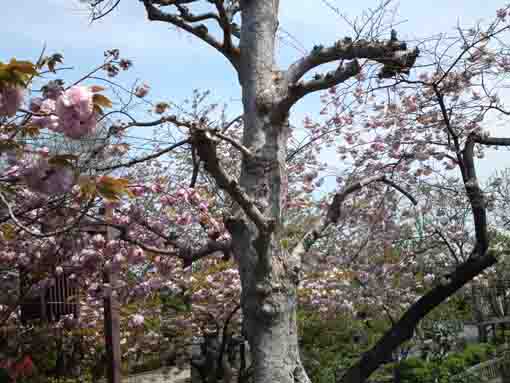
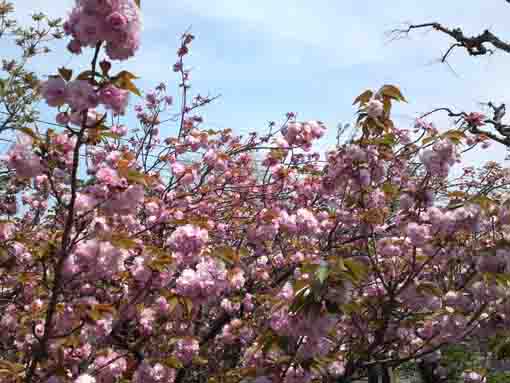
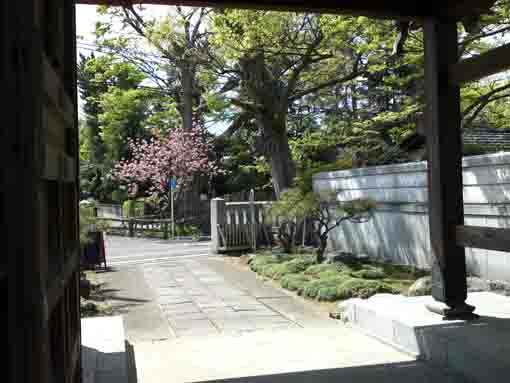
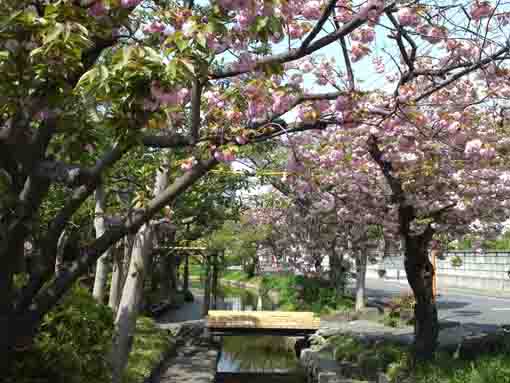
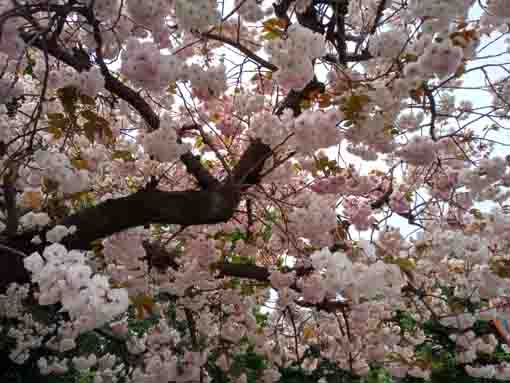
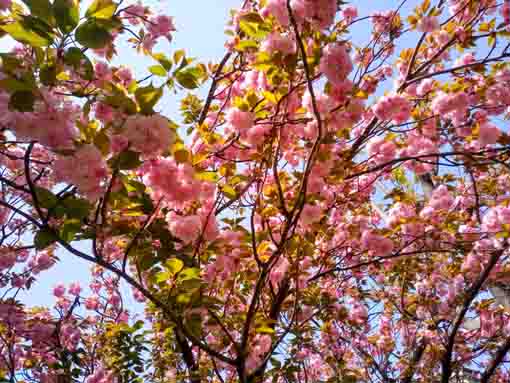
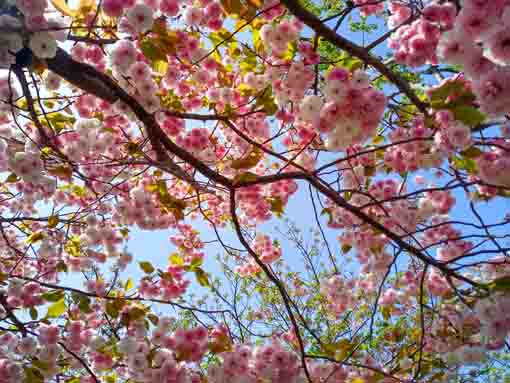
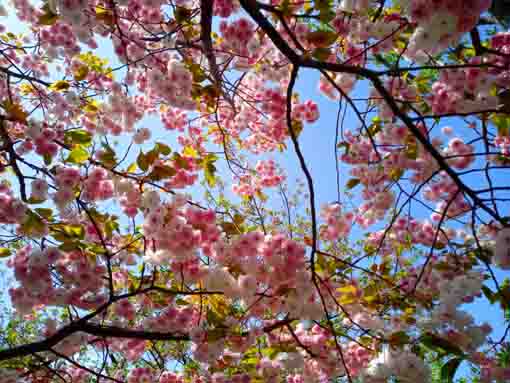
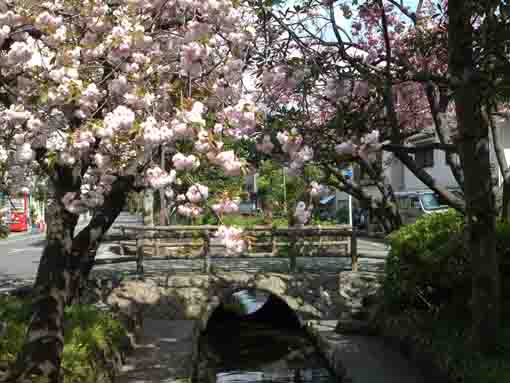
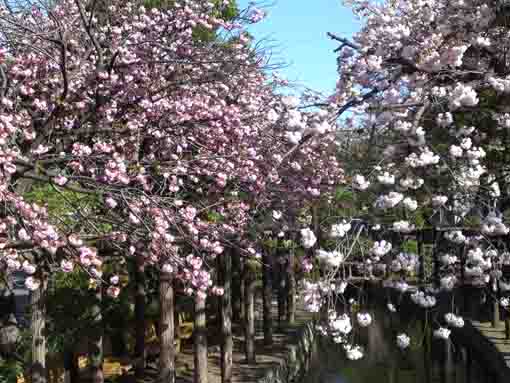
Hydrangeas in Furukawa Water Park
Hydrangeas bloom along the river and the path in the park during the rain season in Japan.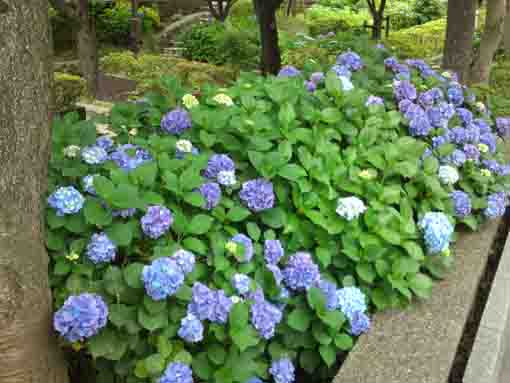

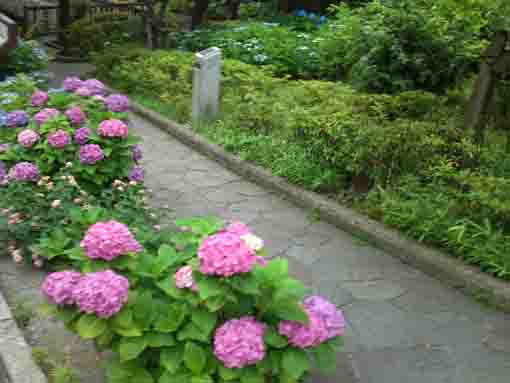
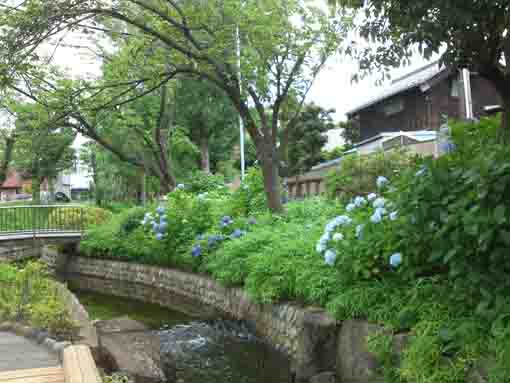
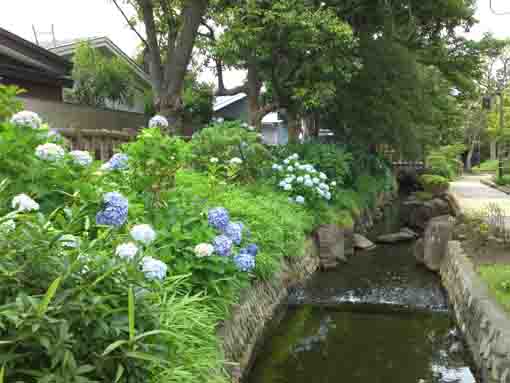
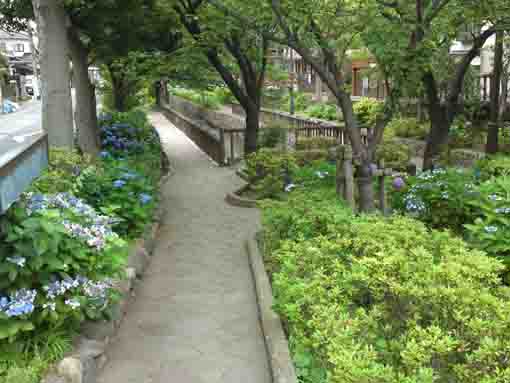
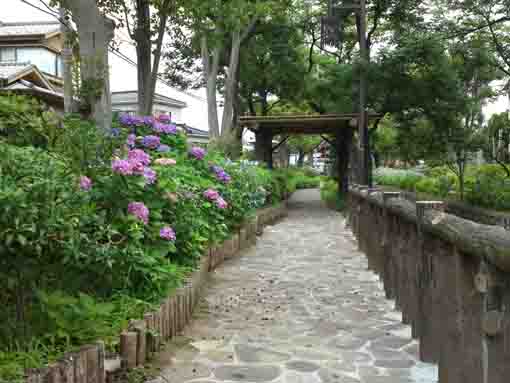
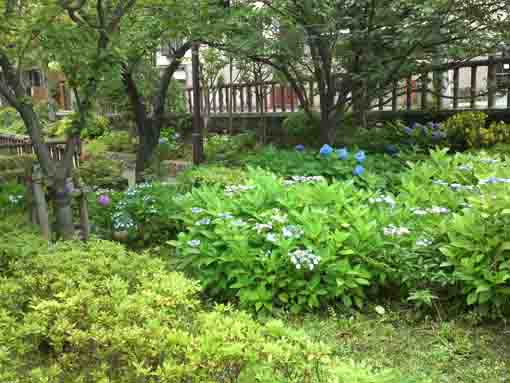
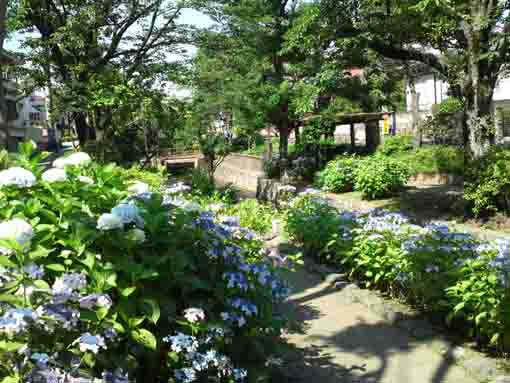
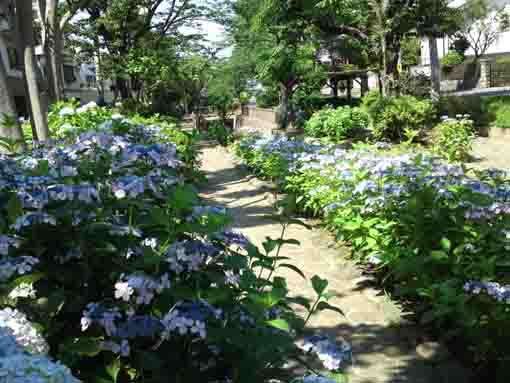
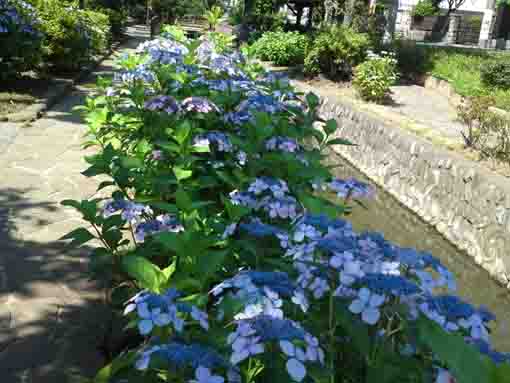
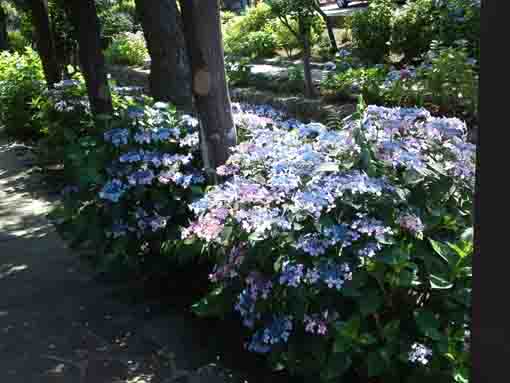
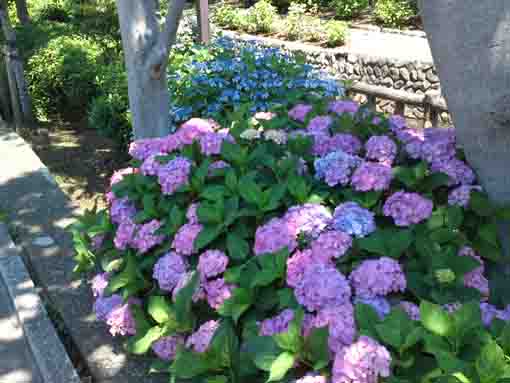
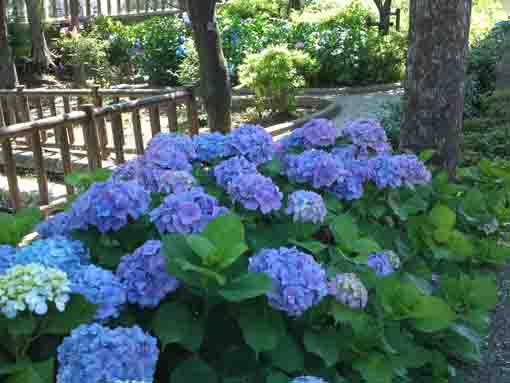
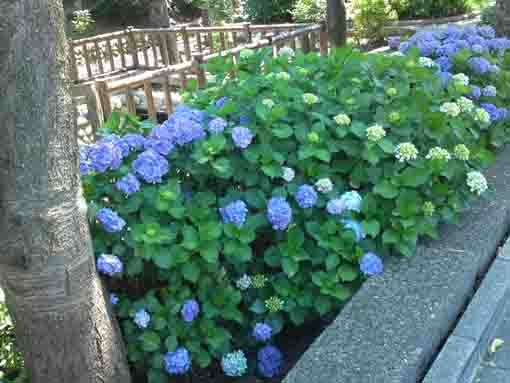
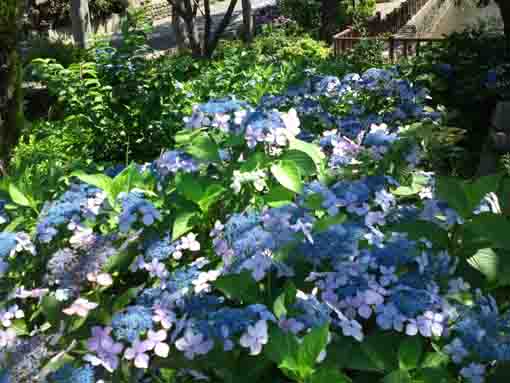
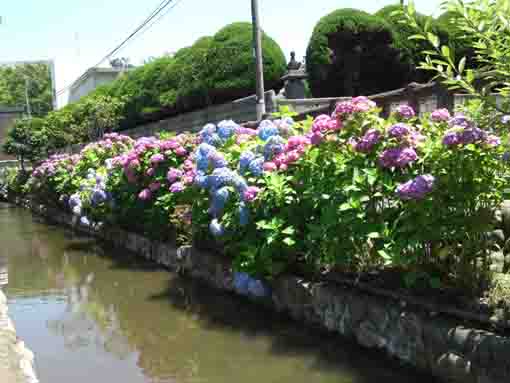
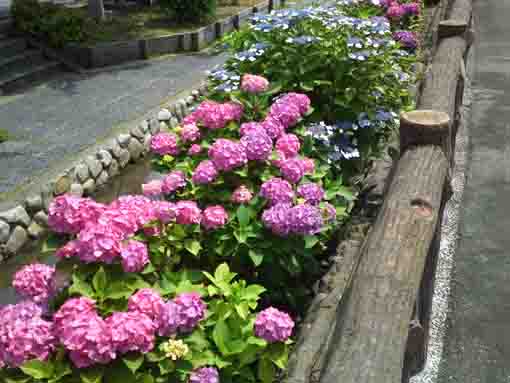
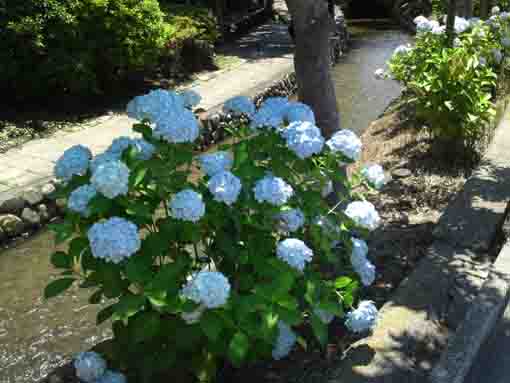
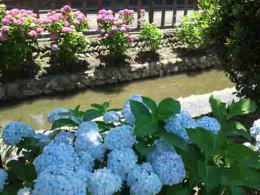
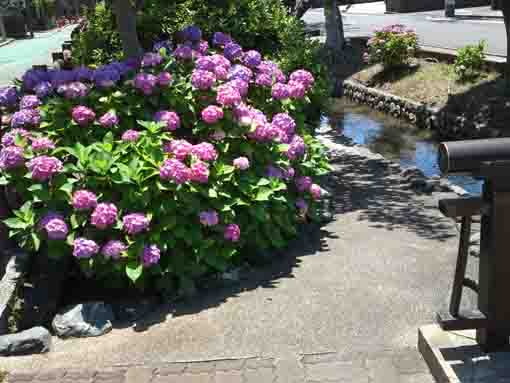
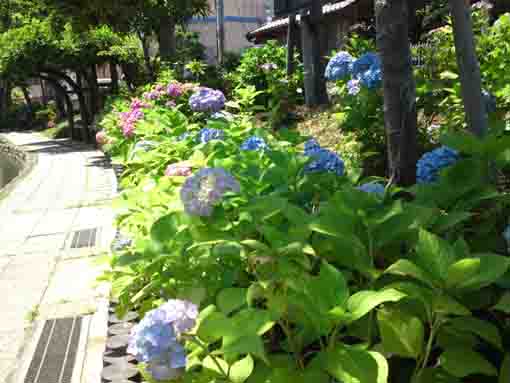
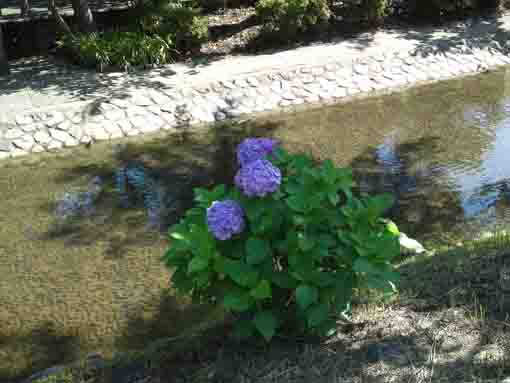
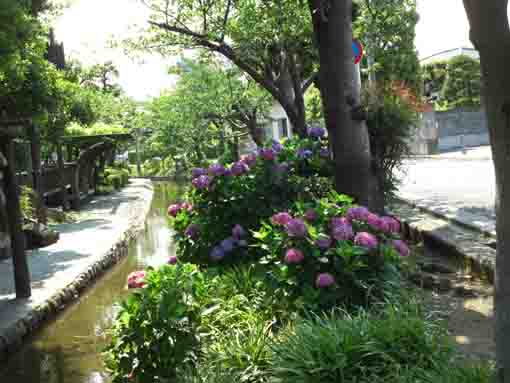
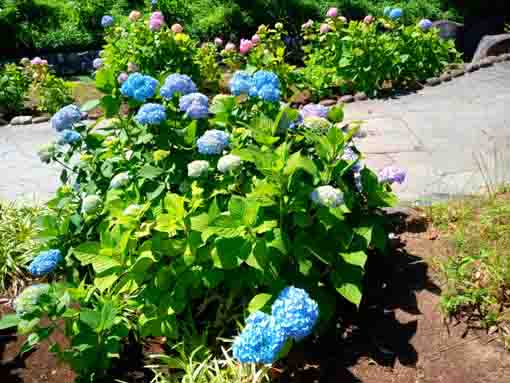
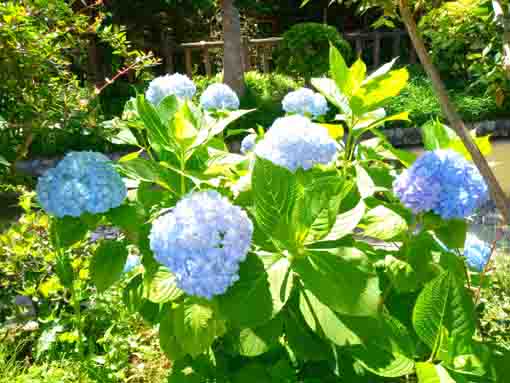
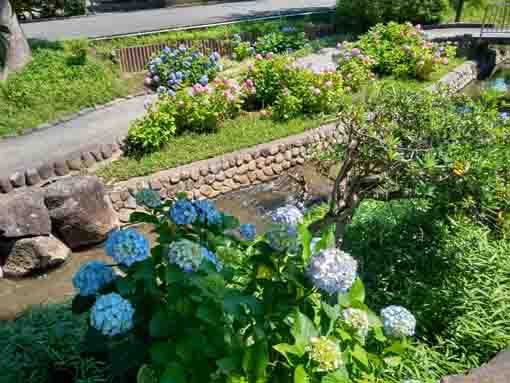
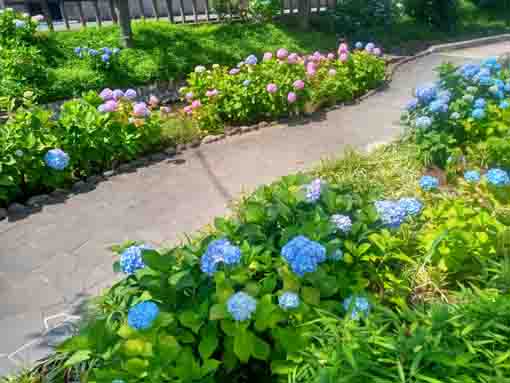
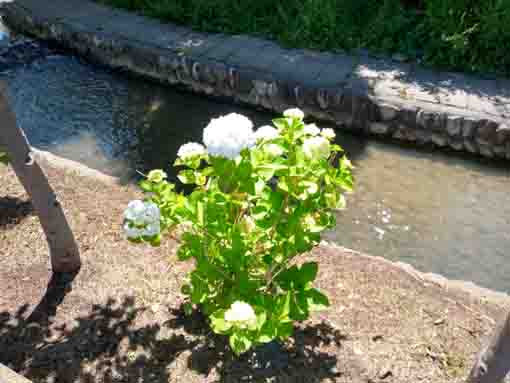
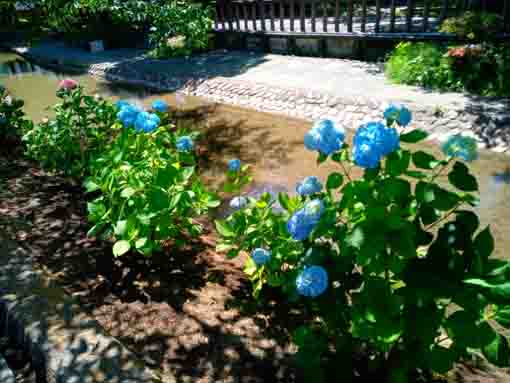
Ajisai in Furukawa Water Park in 2020
Ajisai In Furukawa Water Park In 2019
The Stone Guidepost To Gyotokudo at Ninoe
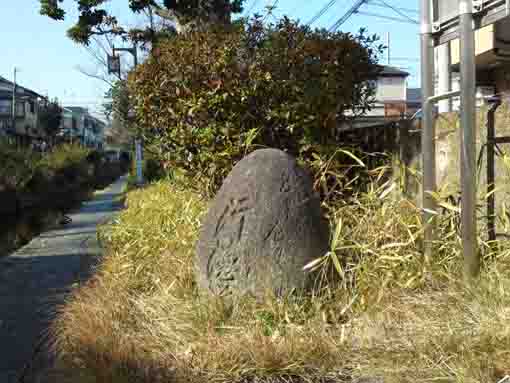
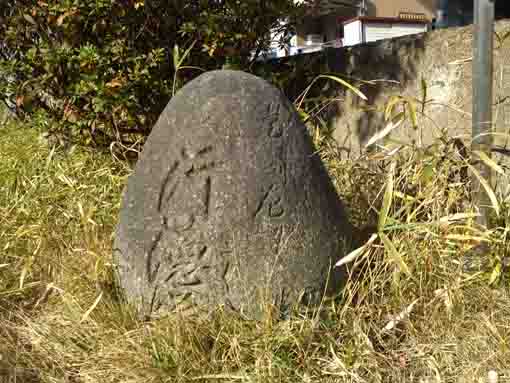
The Stone Guidepost To Gyotokudo at Ninoe was registered as a tangible cultural asset by Edogawaku in March
Gyotokudo was an important highway connecting Edo to Boso in Edo period. There is no specific information when it had been built, but it was appeared on a map published in Shoho Era (1645-1648). It has been a main highway since then.The stone guidepost is a round shaped stone with 67cm tall and 152cm around in girth. There are some Japanese letters telling '是ヨリ左リ行徳道 (Gyotokudo begins here)' on surface, and it told travelers the direction to Gyotoku. It had stood on the east side of Tukitomebashi Bridge.
March 2014
Edogawaku Board of Education
古川親水公園二之江の行徳道石造道標前案内板より
引用、抜粋並びに参考
古川親水公園沿岸案内板
古川親水公園二之江の行徳道石造道標前案内板
新川沿岸案内板
江戸名所図会 ちくま学芸文庫
江戸川区ホームページ
市川市ホームページ
A Walk along Furukawa Water Park
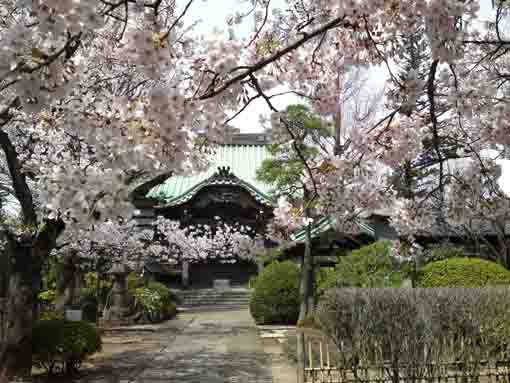
Honkakusan Myoshoji Temple
An old temple has a beautiful garden with many seasonal flowers blooming in it.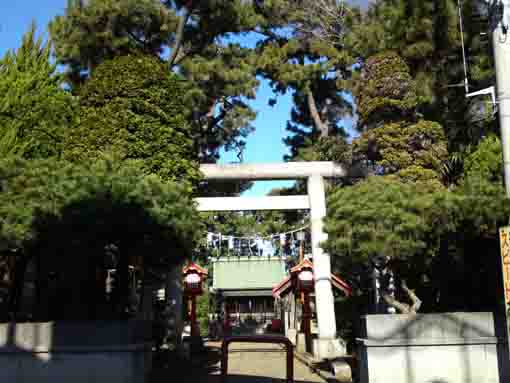
Ninoe Jinja Shrine
This shrine is very beautiful with tall pine trees and a giant zelkova tree in it.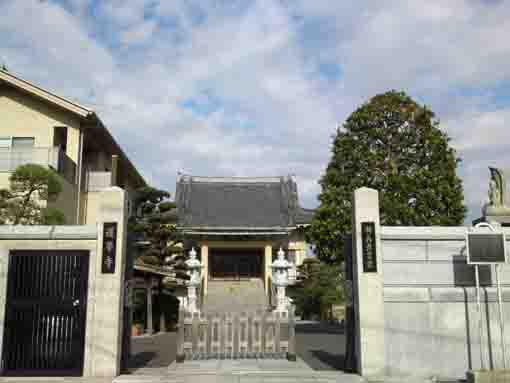
Kaishosan Rengeji Temple
The principle image is the statue of Sho Kanzeon Bosatsu carved by Gyoki.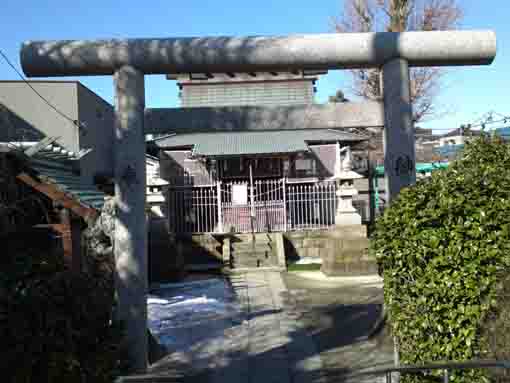
Kumano Jinja Shrine
This shrine stands where famous and popular tasty water flows in the river.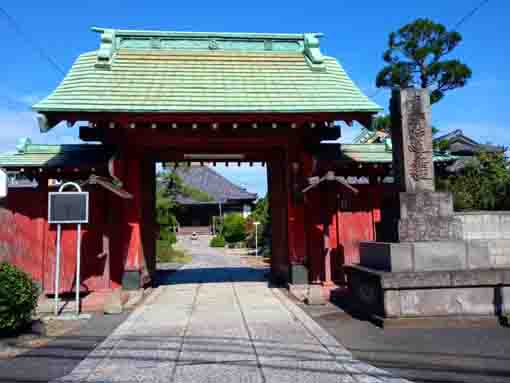
Eichosan Josenin Chokoji Temple
It is called Akamondera dedicates Shichimen Daimyojin.The Location and Access to Furukawa Water Park
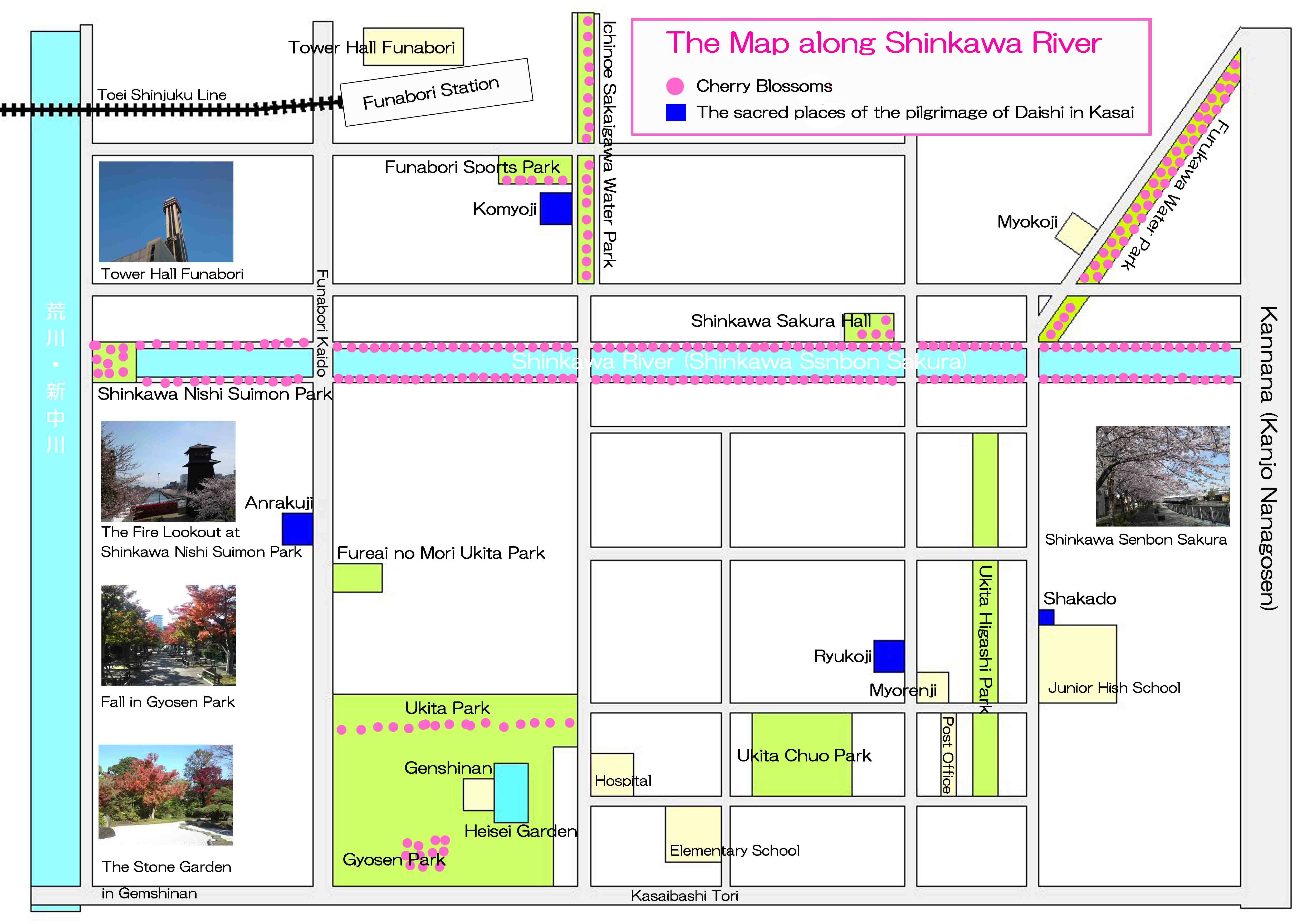
The Map near Furukawa Water Park
The Map along Shinkawa River and Shinkawa Senbon Sakura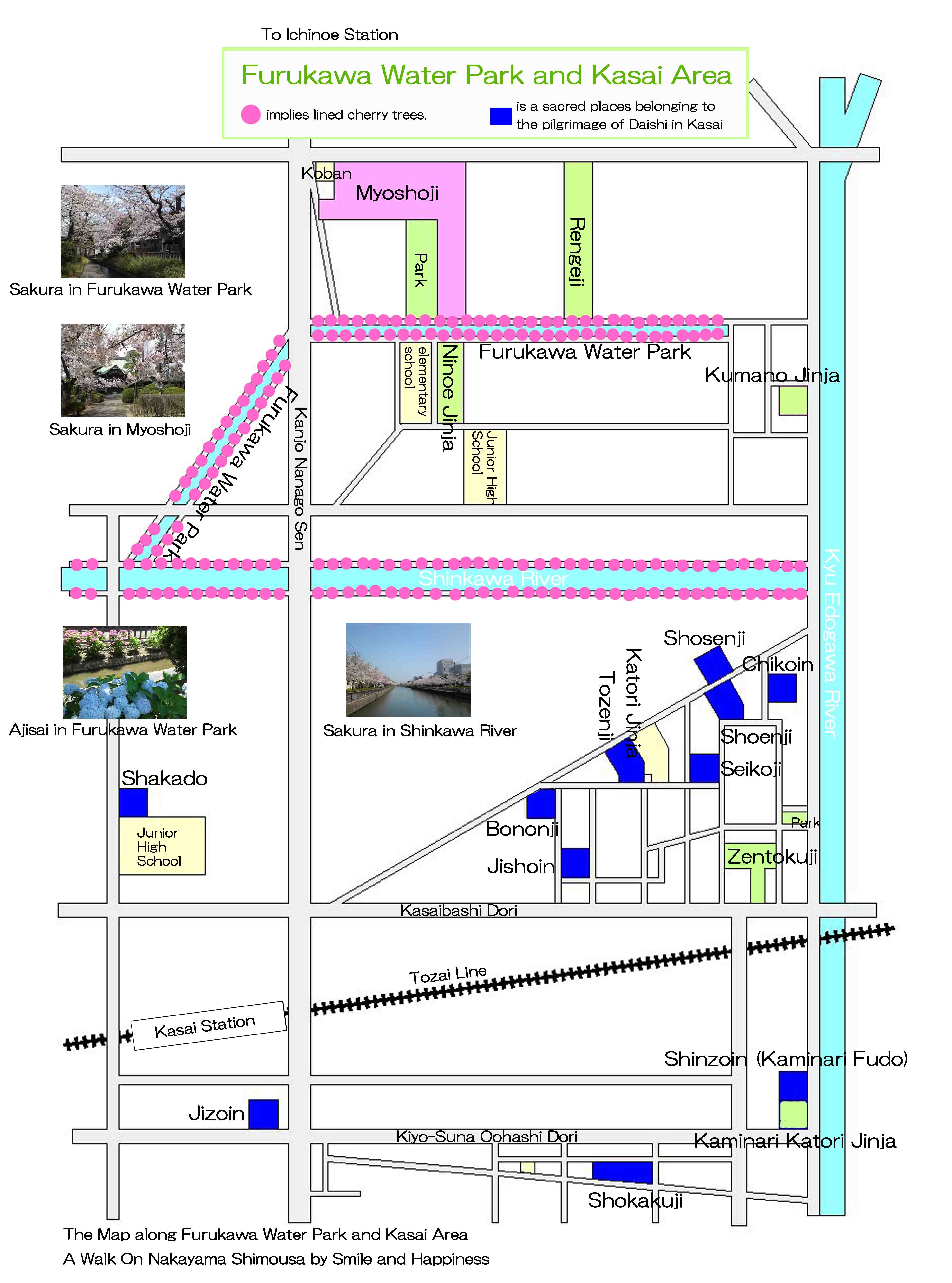
The map of the noted spots along Furukawa Water Park and Kasai
The Map of the landmarks along Furukawa Water Park and in KasaiFurukawa Water Park
- Furukawa Water Park has great accessibilities from both Narita and Haneda International Airport.
- From Narita International Airport, take Sobu Express Line bound to Tokyo or Yokosuka and get off at Funabashi Sta, then transfer the line to Sobu line bound to Nakano or Mitaka ang get off at Motoyawata Sta. Or take Keisei-line bound to Ueno and get off Keisei Yawata Sta. Both from Motoyawata Sta and Keisei Yawata Sta, transfer the line to Toei Shinjuku line and get off at Ichinoe or Funabori Sta.
- From Haneda International Airport, take Keikyu-line bound to Narita, and get off Shinagawa Sta and transfer the line to Sobu Express line bound to Narita International Airport or Chiba, and transfer the line at Ichikawa Sta to Sob line bound to Nishi Funabashi, Tsudanuma or Chiba and get off at Motoyawata Sta. Or take Keikyu-line bound to Narita, and get off Keisei Yawata Sta. Both from Motoyawata Sta and Keisei Yawata Sta, transfer the line to Toei Shinjuku line and get off at Ichinoe or Funabori Sta.
- From Iwamotocho Station at Akihabara, take Toei Shijuku line bound to Motoyawata and get off Ichinoe or Funabori Sta.
- Take 12 minute walk from Ichinoe Sta and 17 minute from Funabori Sta.
The Noted Spots around Funabori, Ichinoe and Kasai
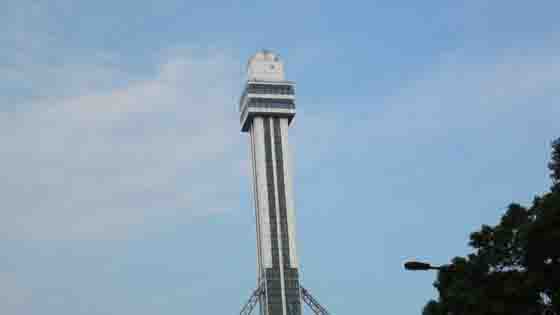
The Observatory on Tower Hall Funabori
Visitors could enjoy seeing some special views of Tokyo.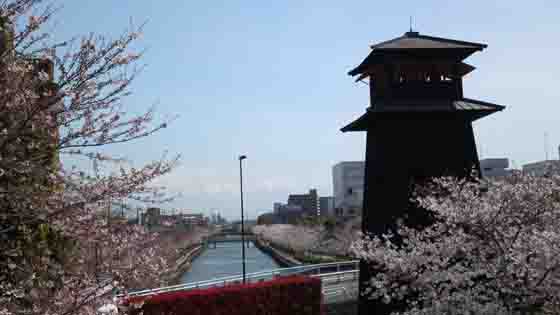
A Walk Along Shinkawa River
There are some Edo style, some wooden buildings and thousands of cherry trees along the river.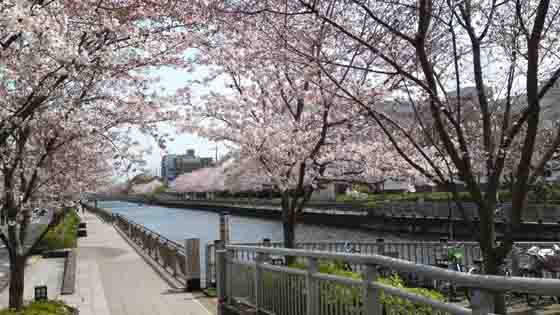
Thousands of Cherry Trees along Shinkawa River
In spring, thousands of sakura along it beautifully bloom.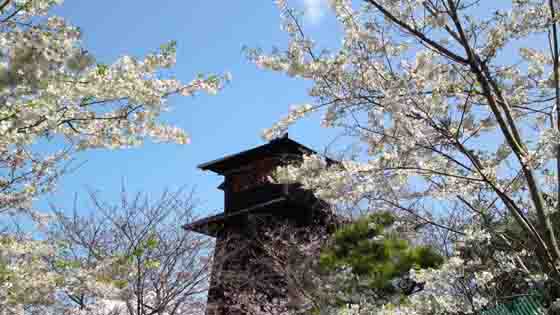
Shinkawa Nishi Suimon Hiroba Plaza
There are a Edo style fire lookout and an old lock gate in the plaza.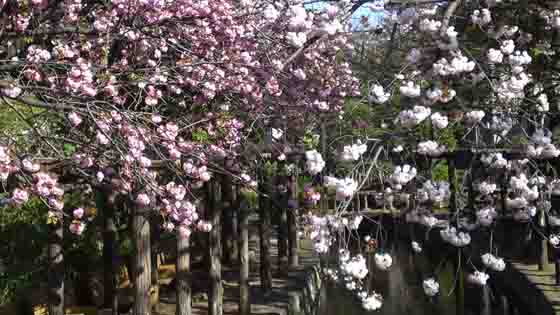
Furukawa Water Park
It is the first water park in Japan and a famous spot for viewing Sakura and hydrangeas.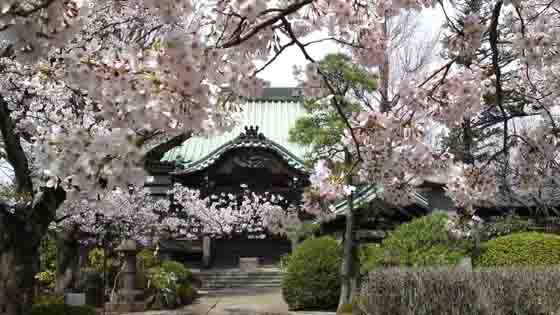
Honkakusan Myoshoji Temple
There are some seasonal flowers blooming in every season, sakura especially blooms beautifully.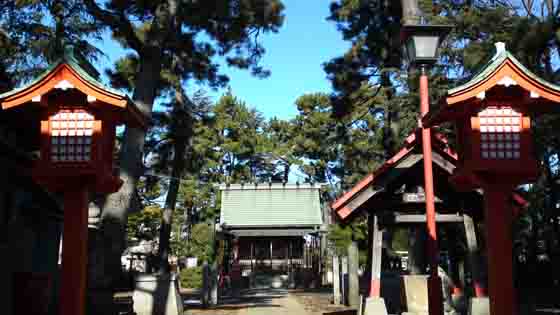
Ninoe Jinja Shrine
There are several tall pine trees and a 500 years old giant zelkova tree in the shrine.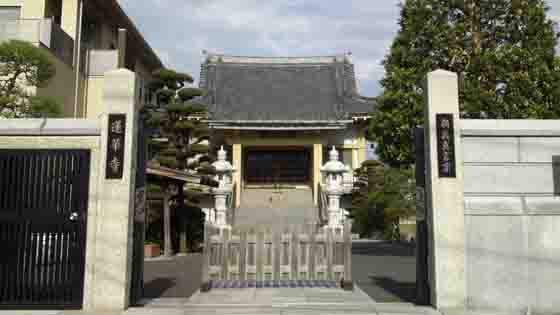
Kaishosan Rengeji Temple
The principle image is the statue of Sho Kanzeon Bosatsu carved by Gyoki.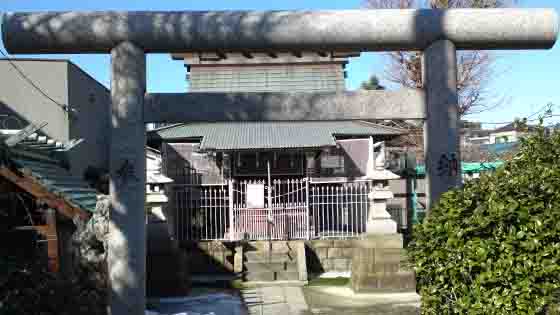
Kumano Jinja Shrine
There is a stone tablet scribing a haiku poem written by Basho Matsuo.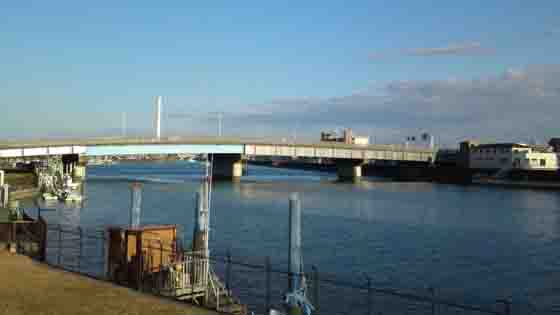
The Remain of the Ferry at Imai
The ferryport at Imai is appeared on an essey written by Socho, a renga poet in Muromachi period.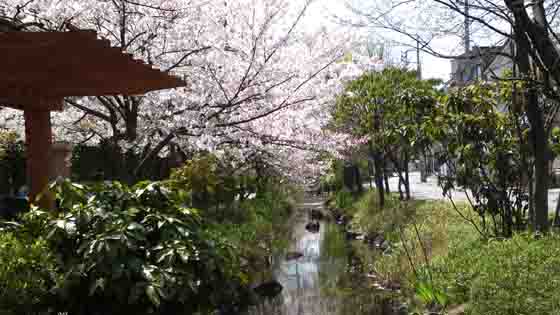
Ichinoe Sakaigawa Water Park
The park has many sakura and seasonal flowers, visitors could enjoy all seasons.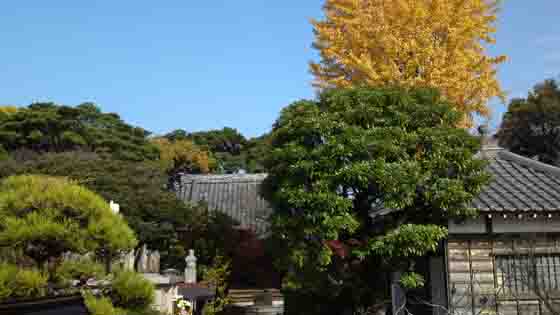
Iousan Myouonji Temple
It has the legend 'the One-eyed Crucial Carps' telling the miracle power to cure eye diseases.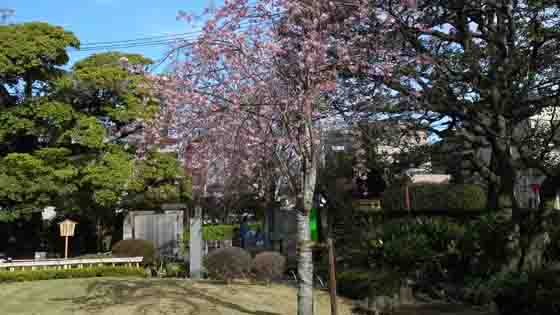
Ichinoe Makkotei Residence Park
In spring, weeping cherry trees bloom, in fall, colored leaves decorate the garden.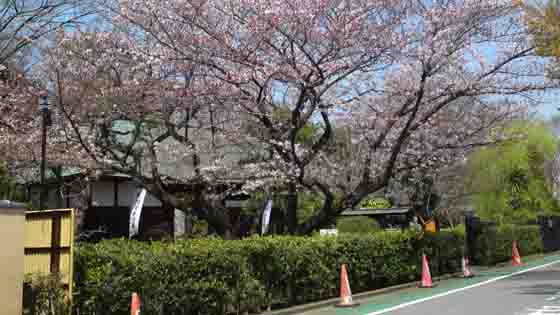
The Residence of Ichinoe Nanushi Yashiki
The traditional Japanese style residence with a thatched roof.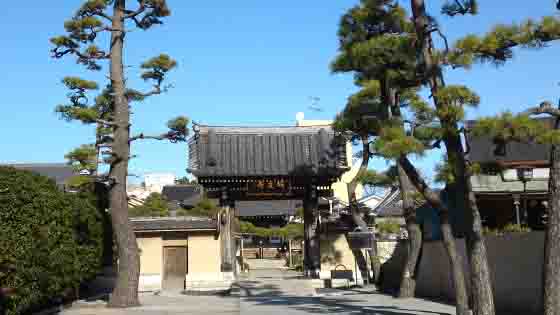
Honkosan Joryuji Temple
It is an important temple to know the history of Ichinoe area.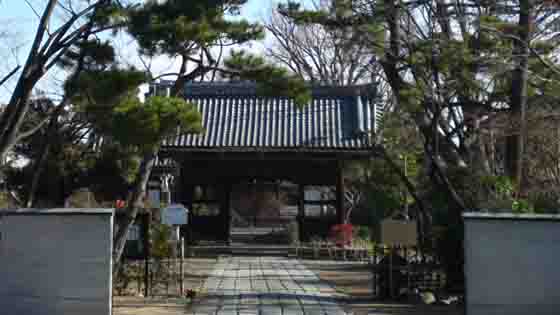
Chogyosan Daiunji Temple
It has tombs of Kabuki Yakusha and it is called Yakushadera.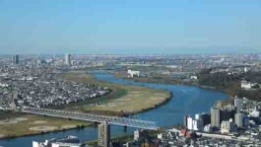
A Walk Along Edogawa River
The areas along the river have many noted spots that people could enjoy history and culture.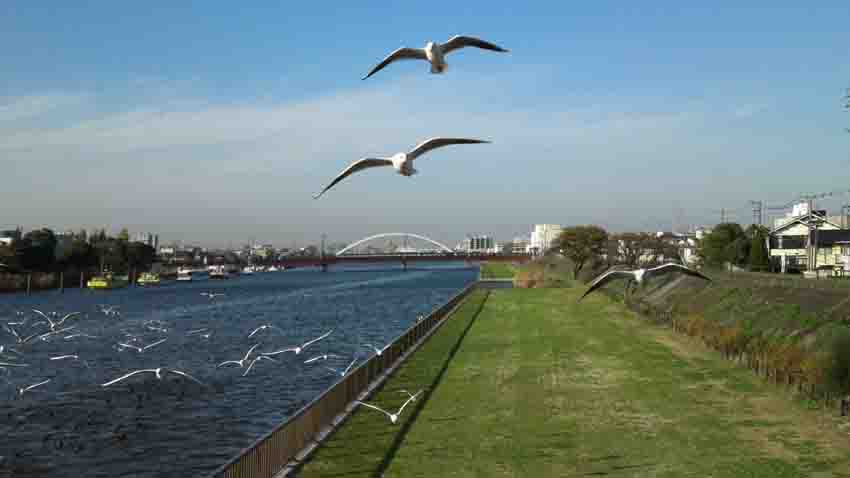
A Walk Along Shinnakagawa River
There are some historical and cultural spots along the river.- 広告 Advertisement -
